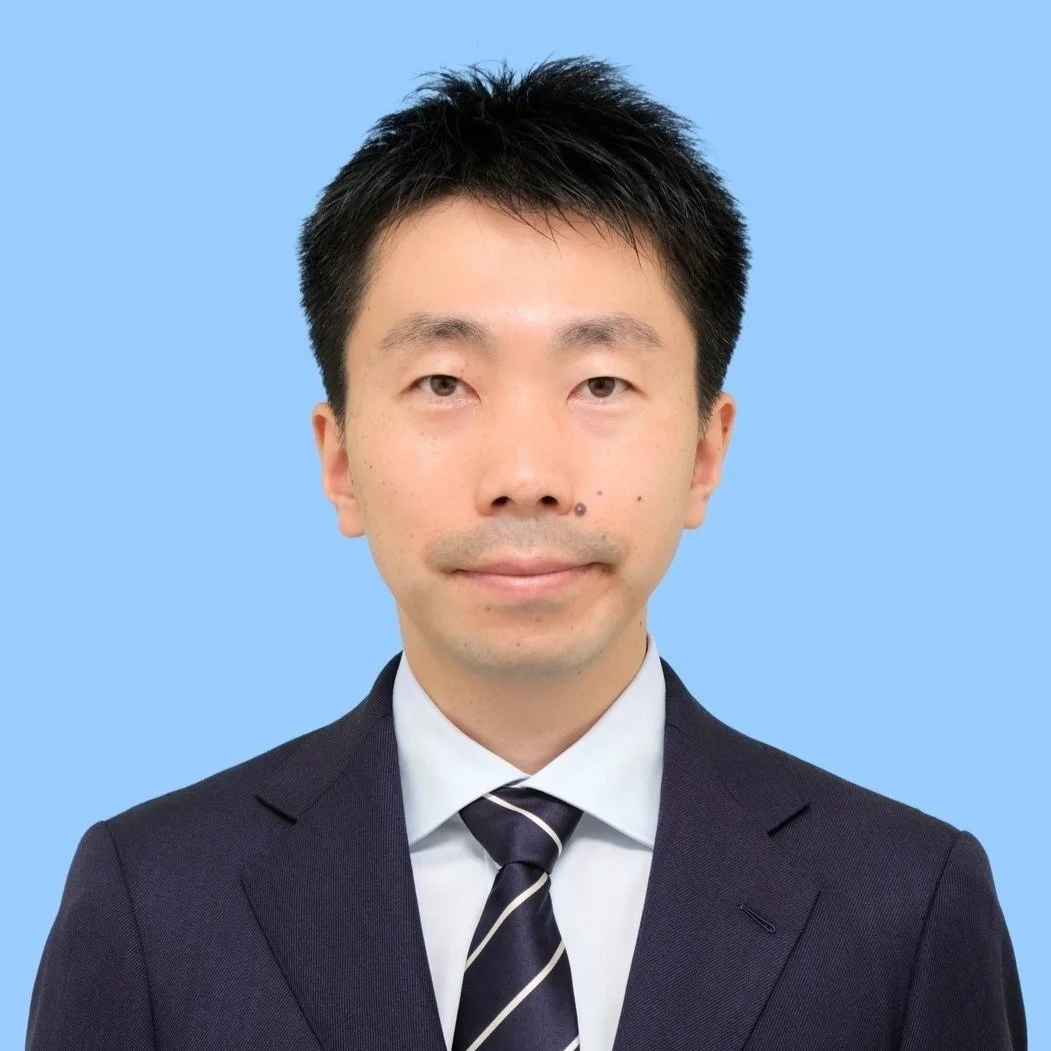Dr. Keisuke Minagawa is an associate professor of Saitama institute of technology and is a chair of the Panel of Elevator Safety and Reassurance of held in JSME (Japan Society of Mechanical Engineers). He has been an evaluator of lift systems and mechanical car parking systems in Japan since 2015. He is also an expert of seismic isolation and vibration control.
The most common damage to a lift during an earthquake is the rope catching in an internal equipment and a bracket of a hoistway. The natural periods of a building and lift ropes in the building are usually close, causing resonance and a large response of the rope are induced.
As a result, the rope catching can lead to the confinement of passengers in a car and long-term suspension of lift operation, which has a significant impact on the daily lives of the occupants or residents. In order to reduce such damage, it is important to estimate the response of the rope by seismic response analysis in advance and to clarify the conditions under which the response of the rope does not increase. On the other hand, in the field of information technology, the so-called digital twin method has recently been applied.
The digital twin is a method of constructing objects that exist in real space in a virtual space, and is useful for predicting damage by simulating events such as natural disasters. For rare events such as earthquakes, the application of the digital twin is a very effective method in terms of business continuity planning, evacuation planning and seismic reinforcement. Therefore, the author's research team is constructing an earthquake-disaster digital twin for residential buildings. The earthquake-disaster digital twin requires the construction of analytical models of the ground, buildings, furniture, etc., and the authors are constructing an analytical model of lifts, especially the ropes, which are frequently damaged.
This paper presents an overview of the method and the results of a case study. The method used in this paper is based on the wave equation and takes into account the spatial distribution and time variation of the tension on a rope.
Study on the seismic response analysis of lifting ropes in the development of digital twin technology to reduce earthquake disasters in residential buildings.
Keisuke Minagawa, Satoshi Fujita & Takashi Matsushima
Saitama Institute of Technology, Japan.

